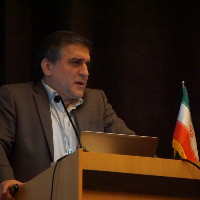Application of Discrete Choice Models in Forecasting the Number of Air Trips: Case Study of Tehran Imam Khomeini Airport
The role of air transportation in development and its impact on the economy of the country has made transportation demand forecasting interesting to planners in the past decades. In this research, the application of discrete choice models in forecasting air trips is considered and a binary logit model for the case study of Imam Khomeini airport is calibrated using maximum likelihood method taking into account the economic and social characteristics of passengers. Result of the model calibrated based on the data gathered from 1280 air passengers at Tehran Imam Khomeini airport, show that effective socio-economic factors in air trip generation, has a decreasing order: 1- income greater than 2.5 million Tomans, 2- trip purpose, 3- income from 1.5 to 2.5 million Tomans, 4- income from 1 to 1.5 million tomans, 5- age, 6- male education level and 7- car ownership.
-
Covid-19 Impact on Rail and Air Modes: a SARIMA Model of Duration and Severity (Case Study: Iran)
Mohammadamin Emami, Amirreza Mamdoohi *
International Journal of Transportation Engineering, Autumn 2024 -
مطالعه تطبیقی مدلهای انتخاب وسیله سفر جهت راهکارهای مدیریتی: نمونه موردی سفرهای کاری اوج صبح در کلانشهر شیراز و مشهد
حسین عبداللهی، *، علی پایدار
نشریه مهندسی ترافیک، پاییز 1403


